The latest changes, in the 21 years of golden autumn, Hubble brought us the four major planets
Author:Astronomy online Time:2022.06.28
Now is the time for the solar system weather report!
Every year, the oldest space telescope of the National Aerospace Administration takes photos of the planets in the solar system.
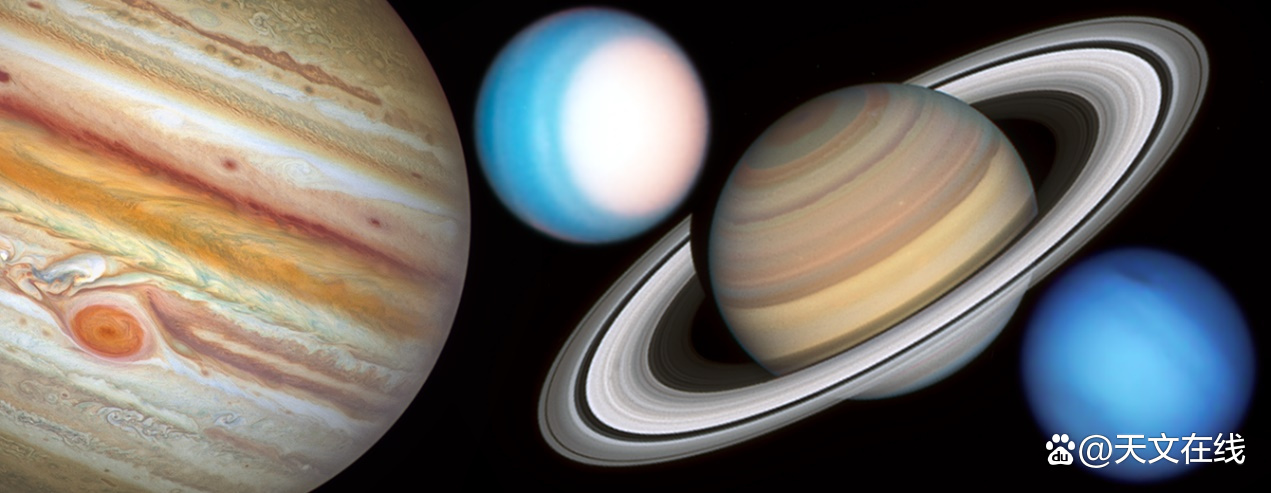
So this fall, as usual, the Hubble space station telescope observes every planet in turn. This tradition allows astronomers to monitor the atmosphere of these planets (Jupiter, Saturn, King Star, and Neptune) with changes over time. Of course, these photos are also amazing. On November 18, NASA released an image of this year's "big travel".
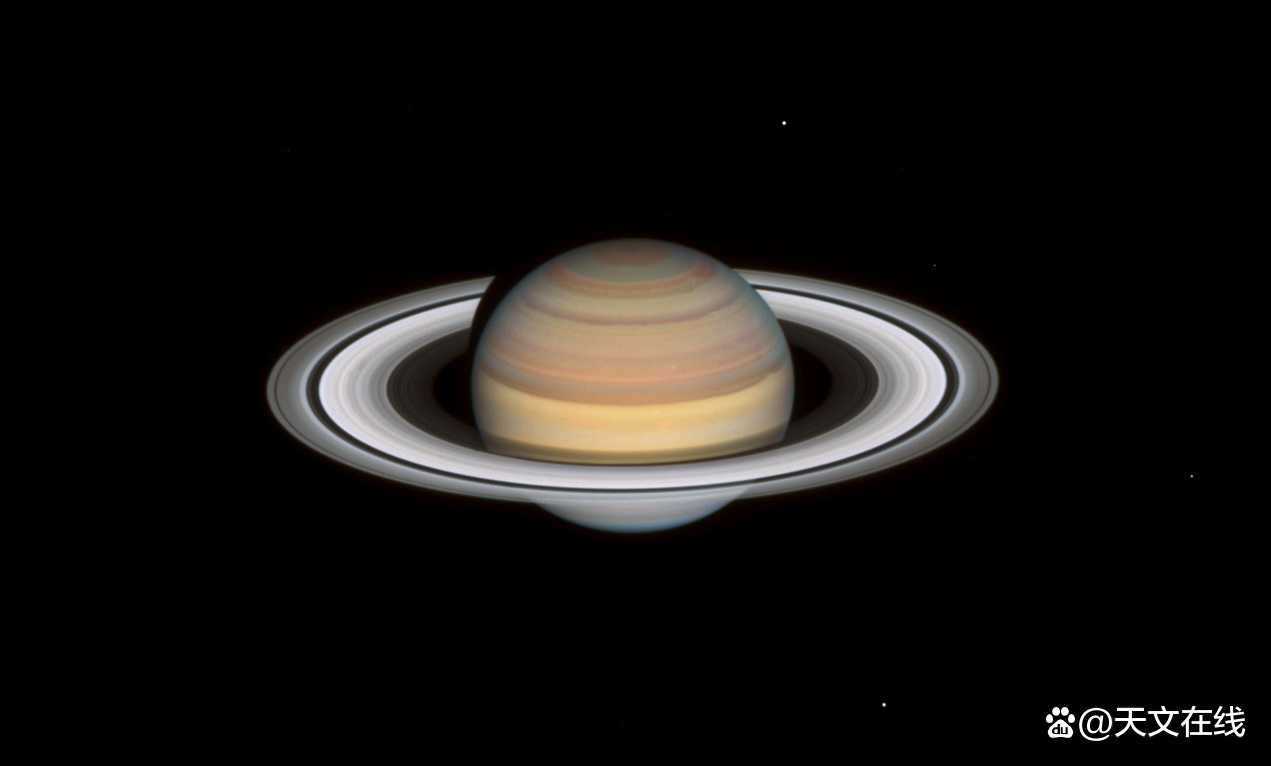
These images emphasize the huge differences between Mercury, Venus, Earth, and Mars, and their internal rocky world. According to a statement from the National Aeronautics and Space Agency, these giant stars outside the earth are larger and the distance between the sun is 30 times the distance between the Japanese and earth, which means that these planets are extremely cold.
As part of the "big travel" of the solar system this year, the latest photos taken by the National Aerospace Administration Hubble Space Telescope Space Station captured the spectacular scenes of Jupiter, Saturn, Uranus, and Neptune.
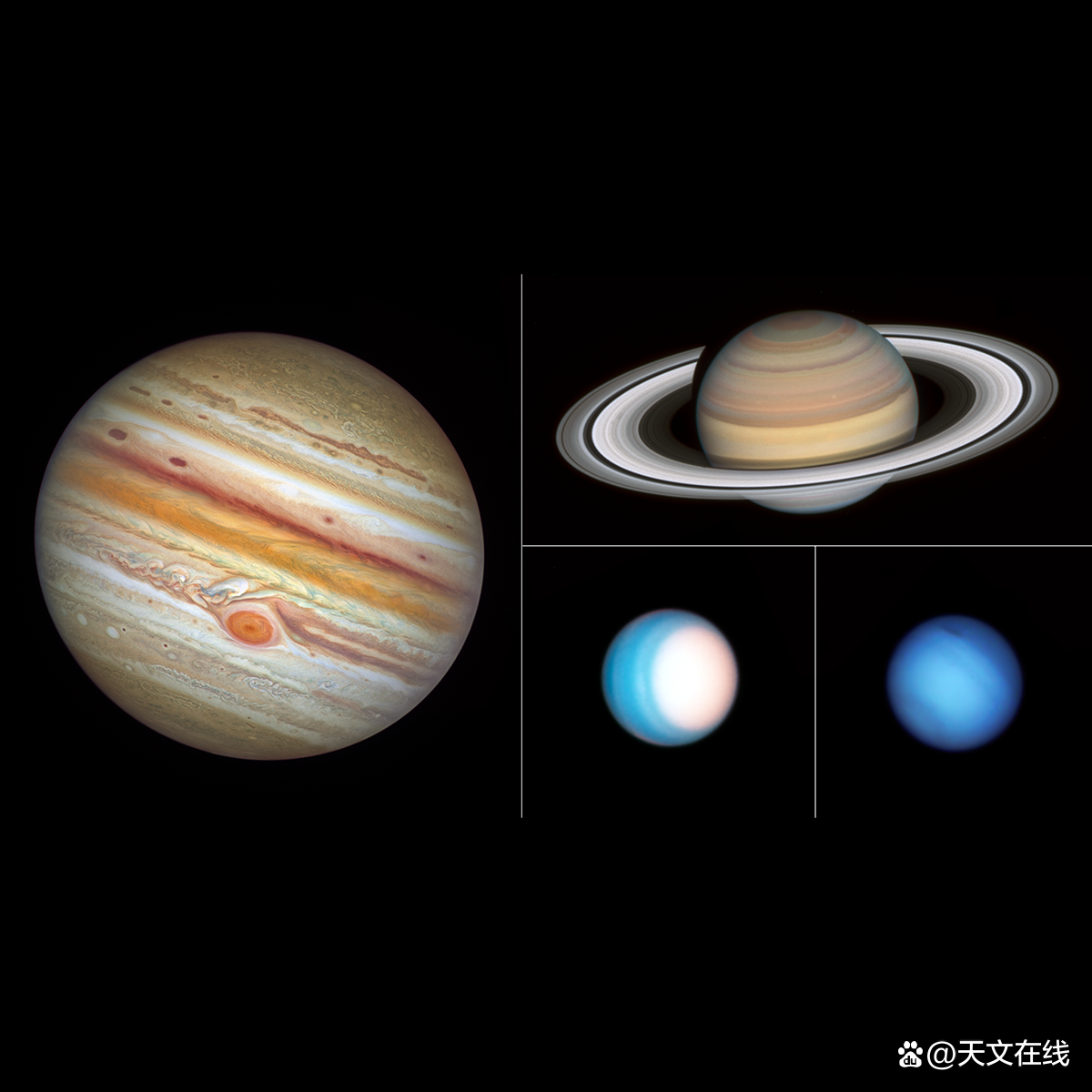
The National Aeronautics and Space Agency stated: "Unlike rocky planets like Earth and Mars approaching the temperature near the sun, these distant planets are mainly composed of cold, 氦, ammonia, methane, and deep water. High temperature and compact cores. ".
From the track of Hubble, even on the orbit of the International Space Station, 3 billion miles away from the outer space, the space telescope has recorded the amazing changes of the year's annual year, including the dynamic weather mode and seasonal changes Essence Every year, scientists who study the Opal Planet Heritage Program (OPAL) will turn the images taken by the Hubble telescope into the annual map of each planet, so that researchers can study the driving force of driving these planet's abnormal weather mode.
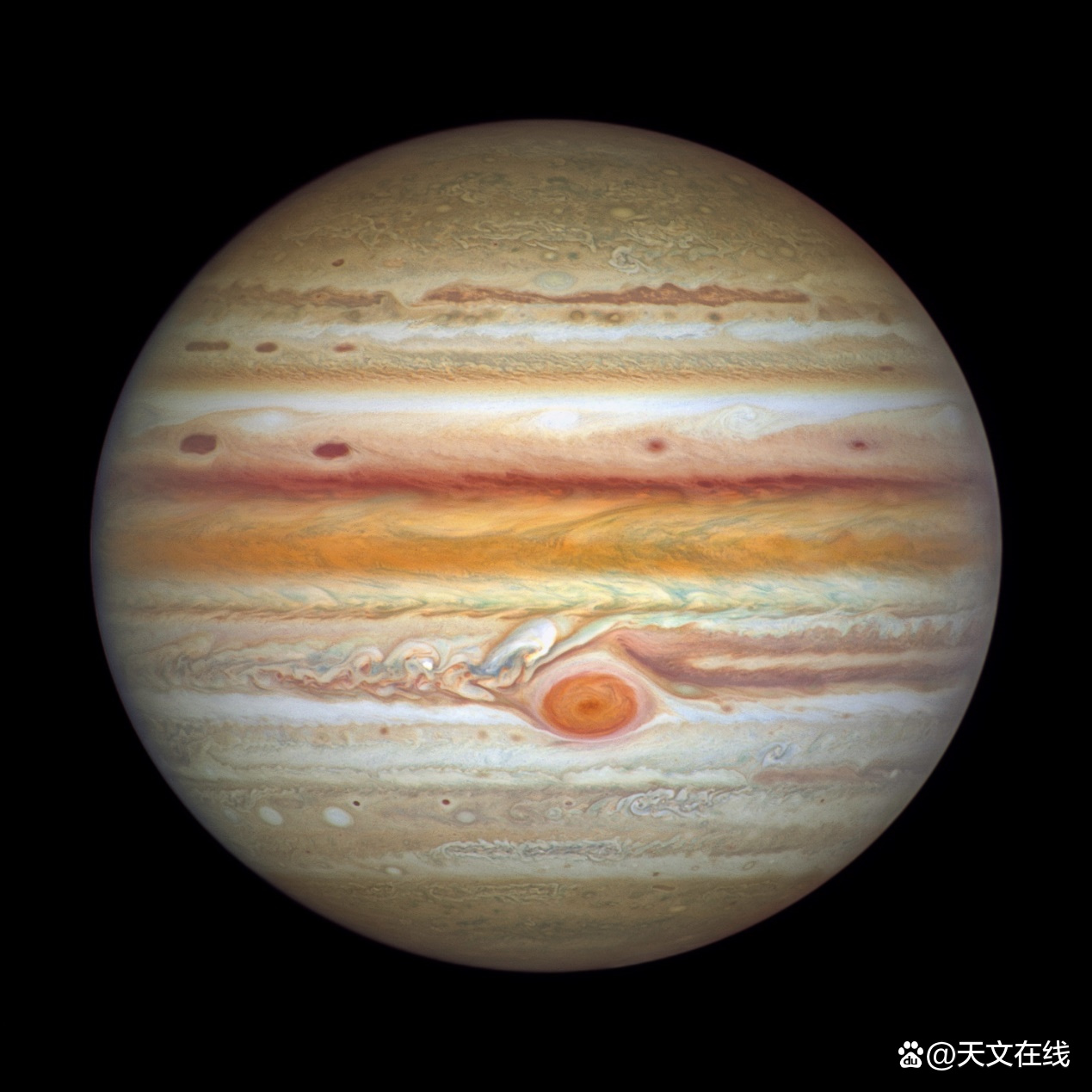
On September 4, 2021, Jupiter's photo taken by Hubble Telescope captured the red -and -red narrow storm that was more reddish than expected and the bright red storm called "reby". (Image source: National Aerospace Administration, European Aerospace Administration, A. Simon (National Aeronautics and Aerospace Administration-Gendaldard Space Flight Center), M. H. Wong (University of California, Berkeley); Image processing: J. De Popa Schery (Space Telescope Scientific Research Institute)
The observation of Jupiter's changing atmosphere this year shows that several new storms and color differences have appeared near Jupiter equator. This photo was taken on September 4th. The equatorial equatorial was darker and reddish than expected, and there were several bright red storms called "barge". This photo also shows that Jupiter's famous erythema has a small erythema called "small red spots".
Amy Simon, a planetary scientist at the National Aviation and Universe Navigation Bureau, said in the statement: "In the new data we got every time, the quality and details of the image characteristics in the cloud layer characteristics Always shocked me. "" When I observe Jupiter, whether it is on the barrier or on the red belt on the bottom right, I can see the obvious cloud structure, which impressed me. We see it. There are many changes in structure and vertical depth here. "
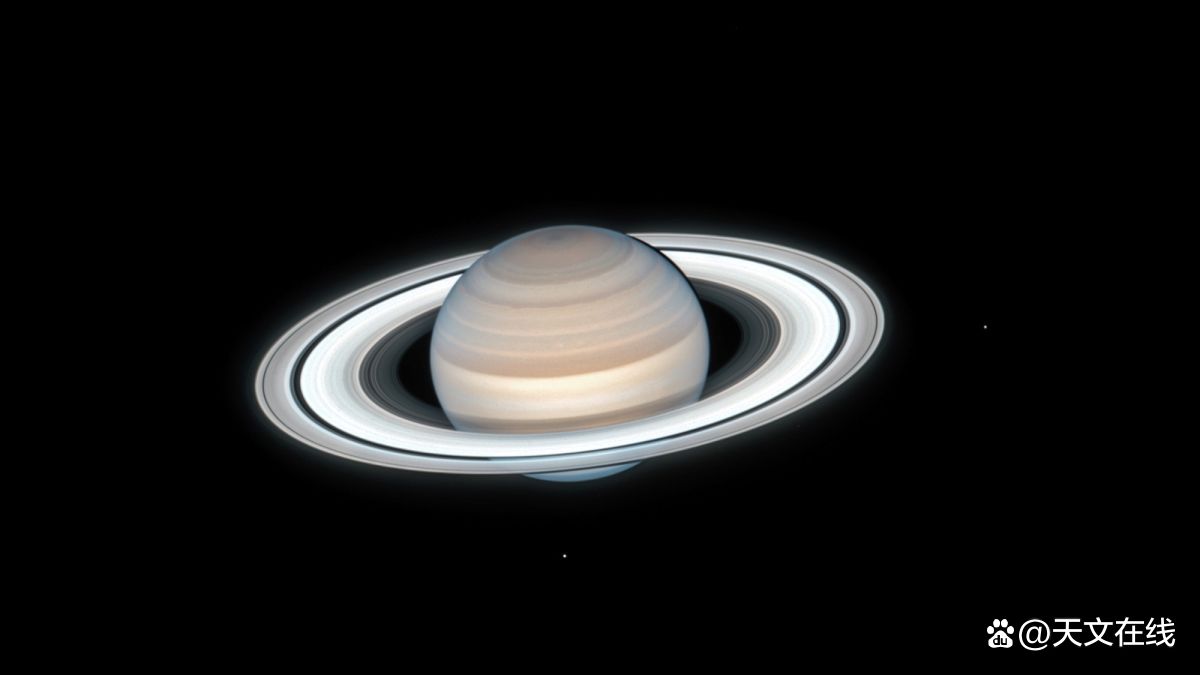
On September 12, 2021, a new view of Saturn shows the rapid and extreme color changes in the northern hemisphere band of Saturn.
(Image source: National Aerospace Administration, European Aerospace Administration, A. Simon (National Aeronautics and Aerospace Administration-Gadidard Space Flight Center), M. H. Wong (University of California Berkeley) (Space Telescope Scientific Research Institute)
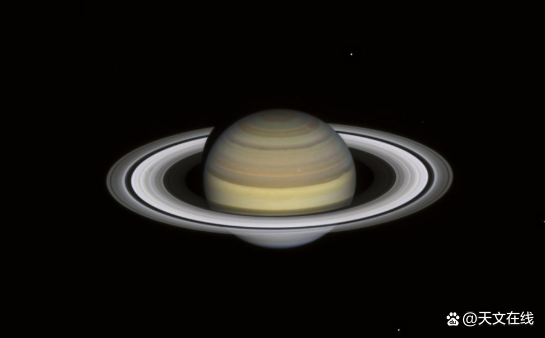
Hubble telescope took the latest photos of Saturn on September 12, 2021, capturing Saturn's northern hemisphere in early autumn. This seasonal change trigger the rapid and extreme color changes of yellow and golden straps in the atmosphere, which is caused by ultra -fast wind.
On the contrary, the planet is about to bid farewell to the winter Antarctic, exuding a blue tone. The photos taken by Hubble Telescope also captured the iconic hexagonal storms on Saturn. According to this statement, this storm was not obvious last year. This storm surrounds the North Pole of the planet, and it was found by the traveler's detector for the first time. It was found 30 years ago.
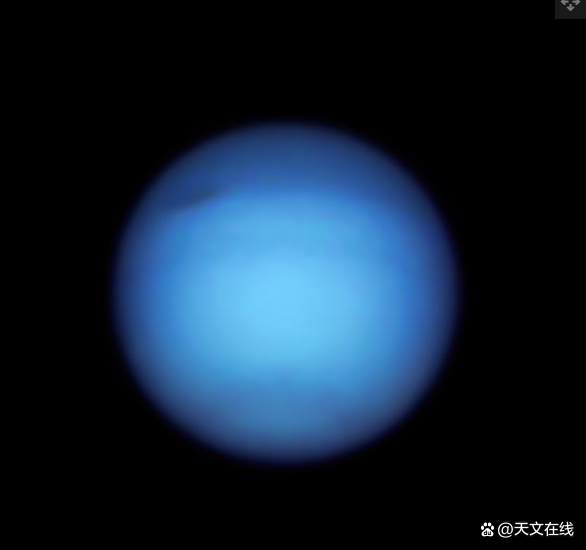
The photo of Tianwangxing, which was taken by Hubble Telescope on October 25, 2021, captured a brighter geocence area formed by the increase in ultraviolet rays absorbed by the sun. (Image source: National Aerospace Administration, European Aerospace Administration, Simon (National Aeronautics and Space Administration-Gadidard Space Flight Center), M. H. Wong (University of California Berkeley); Image processing: A. Pagan (Space (Space (Space (Space (Space Telescope Scientific Research Institute)
Similarly, Uranus and Neptune have also changed. A photo taken on October 25th highlights the bright Arctic circle of the planet in the picture. It is the spring of the northern hemisphere on the King of Heaven, which means that the planet's Arctic points to the sun-because of the dramatic tilt of the planet axis, it is close to 90 degrees, which is a clear change.
According to this statement, the increase in ultraviolet radiation absorbed from the sun in spring has changed the concentration of methane gas and smoke particles in the planet atmosphere, which is the reason why the polar region brighten. On September 7, 2021, the Hubble Telescope captured the northern hemisphere nebula of Neptune, and the dark spots that moved around the planet for the first time in 2018.
On September 7, 2021, the Hubble Telescope captured the northern hemisphere nebula of Neptune, and the dark spots that moved around the planet for the first time in 2018. (Image source: National Aerospace Administration, European Aerospace Administration, Simon (National Aeronautics and Space Administration-Gadidard Space Flight Center), M. H. Wong (University of California Berkeley); Image processing: A. Pagan (Space (Space (Space (Space (Space Telescope Scientific Research Institute)

At the same time, the dark spots in the image taken by the Hubble Telescope on September 7th refers to the giant storm that the Neptune's northern hemisphere star is darker than usual. Since the first discovery of this dark storm in Hubble telescope in 2018, scientists have estimated that the storm is wider than the Atlantic Ocean. In the new image, the direction of the storm is reversed, and it is moving north.
According to this statement, the image taken by the Hubble Telescope also took a black circle surrounded by the Antarctic of the planet, and also photographed a bright clouds formed by the atmosphere rich in methane.
For these four giant planets, only through space telescopes like Hubble can we track the changes in their atmosphere for decades so accurately.
Michael Huang, a planetary scientist at the University of California Berkeley, said: "We can use the best effect of Hubble telescope with Hubble Telescope. The high resolution of the Hubble Telescope can help us narrow the range and determine which band is changing."
"If you observe through the ground telescope, you will find that because the images obtained by our atmosphere are blurred, it will lose some color changes," Wang said. "Nothing from the ground can get clear visible light images like the Hubble telescope."
By: Samantha Mathewson
FY: Horse Horse
If there is related content infringement, please contact the author to delete after the work is released
Reprinted, please obtain authorization, and pay attention to maintaining integrity and indicating the source
- END -
Jingdong 618 "Peak 28 Hour" is hotly open

At 8 pm on June 17, 2022 Jingdong 618 ushered in the peak night. Massive consumers...
How many steps will it take to restore the prehistoric giraffe?

Wen | Wang YuPanjiao beast recovery fixed draftI take paleontological science and a...